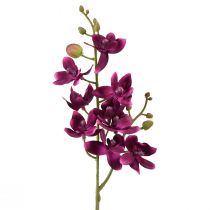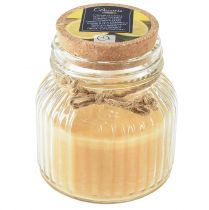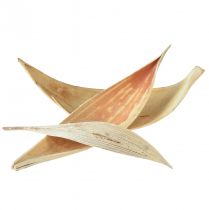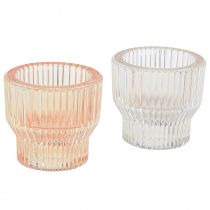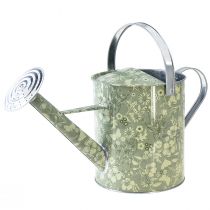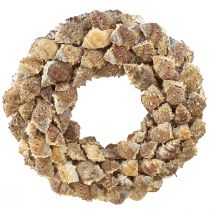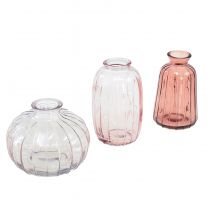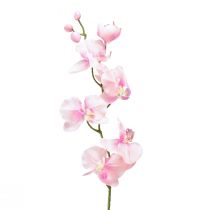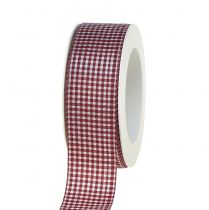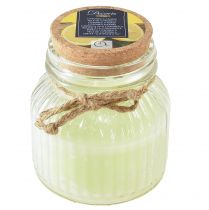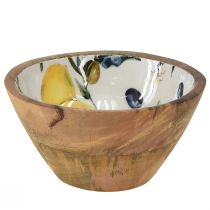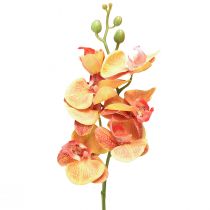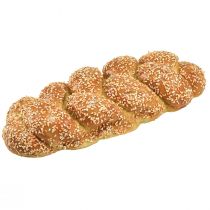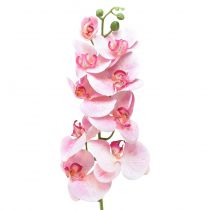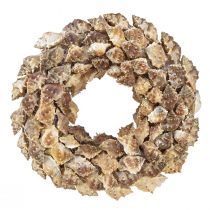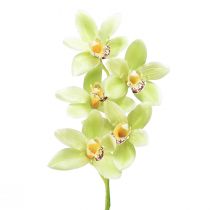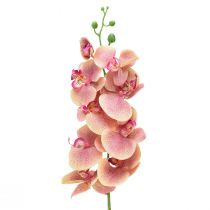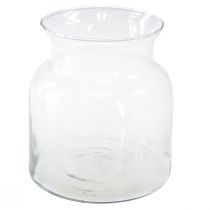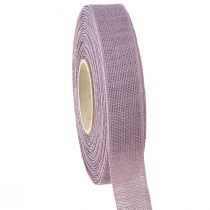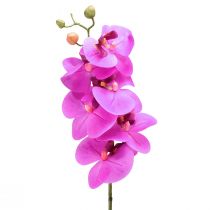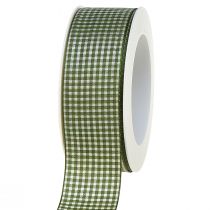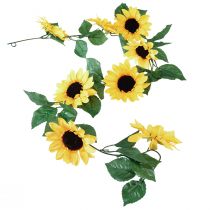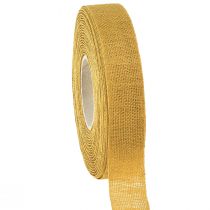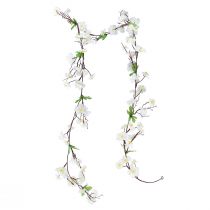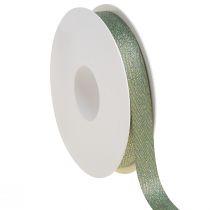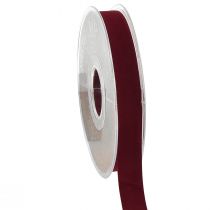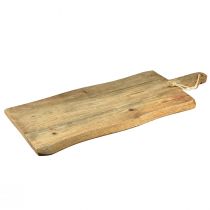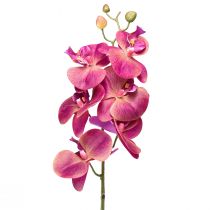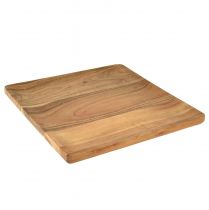magnetic disc
As a magnetic plate in floristics a flat, magnetic plate or foil referred to, which can be easily attached to vehicles or other objects and here to ensure a stable hold of flowers and containers. Especially for wedding and similar, festive events, it has been common for decades to decorate motor vehicles with flowers, but the attachment of this natural jewelry is a great challenge dar. In principle, the attachment of ostriches and similar decorative elements on ropes is possible over the entire However, this method is perceived by many people as unaesthetic. With a magnetic plate, the magnetic effect of the body is exploited, the floral decoration is accordingly prepared so that it remains safe even while driving the car on the hood or roof of the vehicle. The use of a magnetic disk and the attachment of the floral decoration with just such is appreciated not only because of the uncomplicated installation, but also the paint of the vehicle is not attacked. Once the ceremony is over, the magnetic plate can be removed without leaving any residue, and even the flower decoration still has its original, handsome shape at this time. Less established, but also to see as an alternative to working with a magnetic plate is the attachment of flower arrangements using suction cups.
